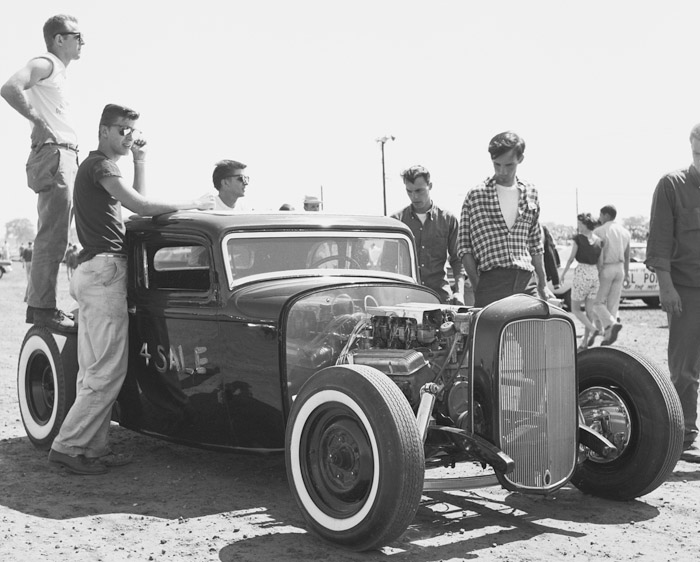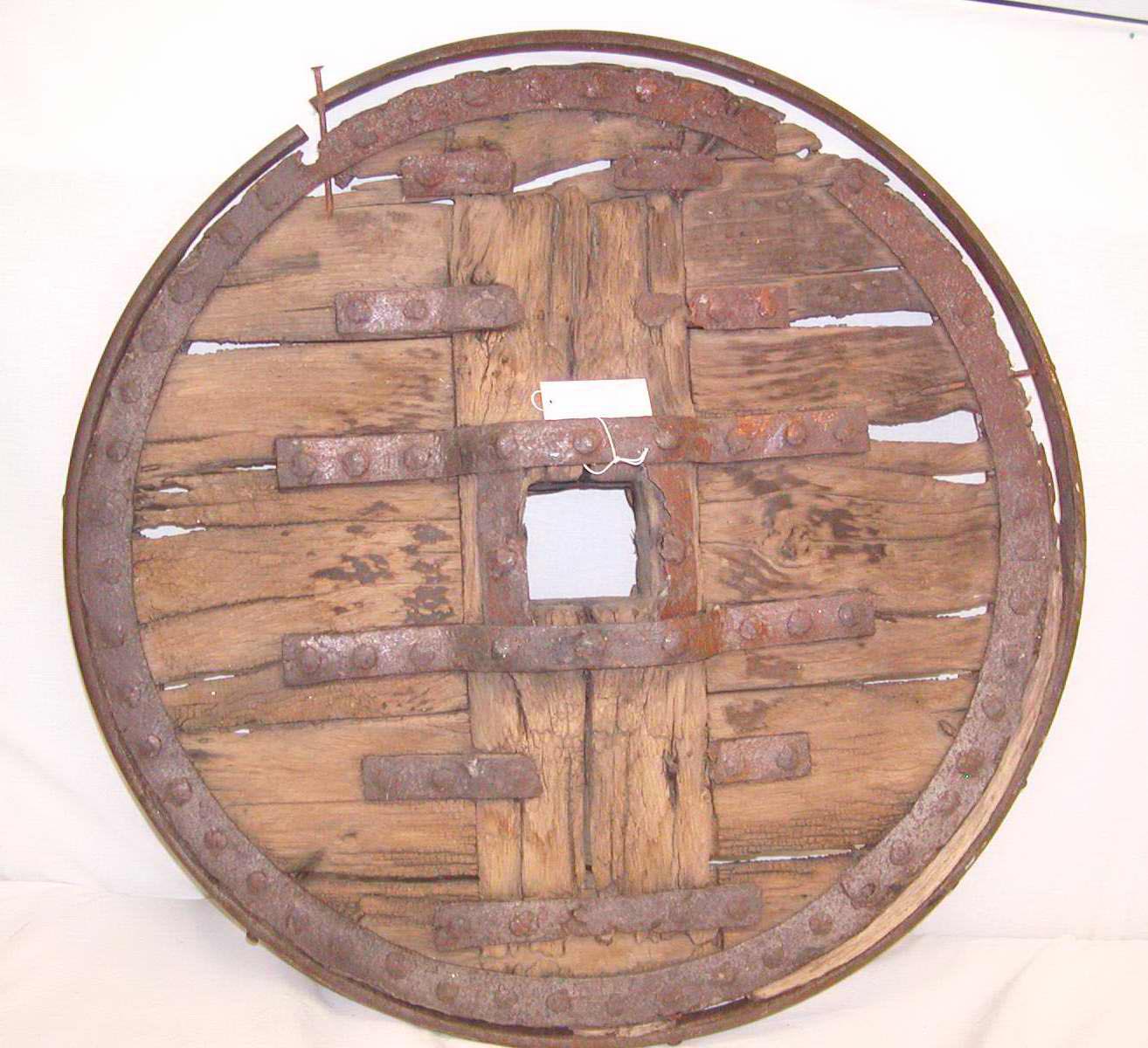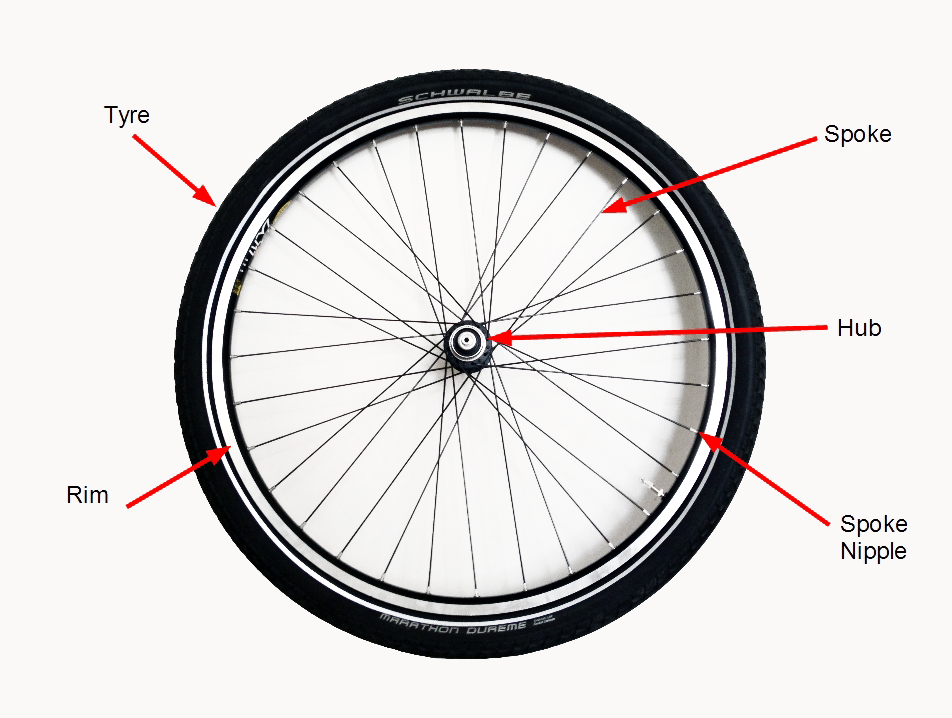It’s an invention as old as the wheel. In fact, it is that, the wheel, but we’re not talking any wheel. We’re talking about custom wheels.
It may seem car owners have only recent gone nuts with strange wheel choices, but we’ve been tricking out vehicles with unique wheels since someone put the first wheel on a barrow.
Okay, that’s not a true fact. We do know, however, that decorating one’s wagon wheels was a practice as early as the 13th century.
Today’s cars wear rims like they were decorative attributes, but the roots of wheels go way back to a time when function was all they did.
Wheels As Function
It may surprise you to learn that the first invention was not the wheel. We had pottery and agriculture before we figured out an easier way to move heavy loads.
The first wheels show up around 3500 BCE, in the last days of the stone age. They were, at first, wooden discs, either sold wood or pieces joined together.
To make a wheel from several pieces, one would cut planks from a tree, then arrange them some by side, drawing out a circular shape on the board.
Once that designer cut the boards, she need only wrap a rim of metal around the outside, then mount the wheel to an axle.
By 2000 BCE, we started seeing spokes incorporated into wheel designs.
The Parts
Funny that rims are such a hot feature on cars, and the rim was one of the earliest functional parts of the wheel. It held the wheel together.
Today’s rims, or what we mean when we say “rims,” were a compilation of parts on earlier wheels. Now those parts are geographic locations on the wheel, the hub, rim, spokes, wires, and tires.
The rim is still the outside rim of a wheel, the part that holds it together. By contrast, the hub is the center of the wheel, where the wheel meets the axle.
The cap over that hub is the hubcap, which can extend from the rim to hub or may just cover the hub from dust.
The hub and rim connect via the spokes, which radiate out from the hub.
Although we typically think of spokes as the wire version, spokes are any structural radiation from the hub to the rim. Spokes serve to keep the wheel from collapsing in on itself.
Mounted to the outside of the assembly is, of course, the tire, usually a rubber and metal compound with deep-cut tread to give the vehicle grip.
Wheels As Fashion

1950s hotrod | jalopyjournal.com
The current fashion of rims we can blame on the hot-rodders of the ‘50s, where it all started.
When young car tuners started racing cars in the ‘50s, they began experimenting with the wheels, cutting holes to let in more air so the brakes wouldn’t melt.
The first non-functional modification was the deep dish wheel, affected by flipping the wheel inside out so the hub sat deep to the rim, like a dish. Some of those tuners started putting their racing wheels on their street vehicles. That’s when it was all over.
By the 60s, we were deep into the space race. California’s tool and die shops started playing with chrome, coating hubs (and other car parts).
In the ‘70s we saw the first low-riders, featuring stout chromed spoke wheels and painted rims.
Then in the ‘80s, the first spinning rims hit the scene. A car could sit still, but the wheel would appear to spin per an interior mounted spinner.
Around 1990, the lowrider rims exploded. They went from a standard of sub-15 inch rim to one over 20 inches tall overnight. Tires went from deep sidewalls to practically none at all.
Rims today have come back down in size. It seems drivers have found the edge of fashion by falling off it.
Massive rims are not a comfy ride. Plus, we hit peak rim; there was no wheel well left in which to grow. One can still buy rims in many colors and shapes, but we’ve not yet witnessed the next phase of wheel culture.
Maybe painted wagon wheels will come back in style.
Sources: complex.com, autoevolution.com



